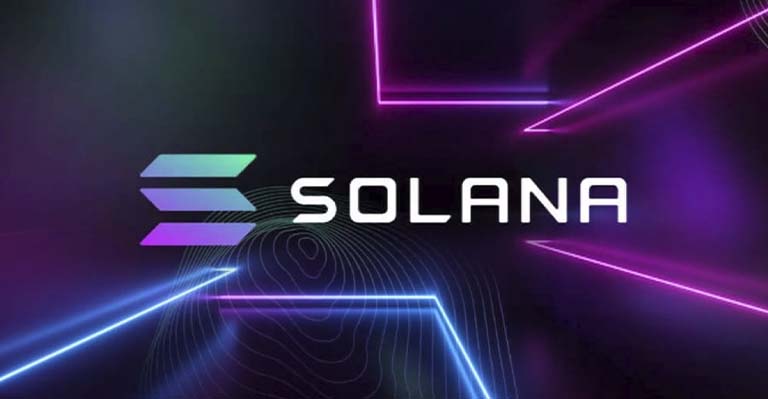TL;DR
- Solana suffered a blackout due to a failure in its BPF system, essential for running programs.
- The problem is linked to changes introduced by a previous improvement proposal.
- Although the price of SOL was not affected, the incident highlights challenges in managing changes on high-performance blockchains.
The Solana blockchain, known for its high speed and processing capacity, faced a significant setback last Tuesday when it experienced a blackout that disrupted block production for nearly five hours.
This is not the first time Solana has faced operational stability issues, and the latest outage has raised questions about the robustness of its infrastructure.
A detailed analysis of the events reveals that the critical failure occurred in the Berkeley Packet Filter (BPF) loader, an essential part of deploying, updating and running programs on the Solana network.
Solana outage, what happened?
BPF loader, the “Berkley Packet Filter,” which is the mechanism to deploy upgrade and execute programs on Solana, failed. This seems to relate to a previous SMID (Solana Improvement Proposal) that altered some of the features including the adding a…— matthew sigel, recovering CFA (@matthew_sigel) February 6, 2024
This issue appears to be related to changes introduced by a previous Solana Improvement Proposal (SMID), which included removing the use of metadata in BPF.
Solana update 0093 introduced these changes, but also left the door open to a possible bug.
This bug was detected during testing on the testnet, and although a fix was developed for it, it had not yet been deployed to the mainnet due to ongoing testing.
It is speculated that this bug may have been activated manually, which led to the Solana crash
The developers quickly worked on a fix, rewriting lines of code to eliminate the bug and providing a critical patch to the core software.
However, restarting the network was not an easy task.

It required validators to create a snapshot of the last block verified by 66% of the network, reach consensus on this block, and then restart the chain.
The process would only be completed once 80% of validators agreed on the last block, which carried a risk of further disruption if the solution did not work as expected.
The repercussions of this outage are being felt not only in the short term, with significant DeFi activity expected once the network is restored, but also in the long term.
This incident could influence future SMID discussions and developments, potentially slowing innovation at Solana while future proposals come under greater scrutiny.
Despite the outage, SOL price was not negatively impacted and in fact closed the trading day with a green candle.
This suggests that, despite the technical challenges, confidence in Solana’s long-term potential remains intact among investors.
The Solana outage highlights the critical importance of operational stability in high-performance blockchains and raises questions about change and test management in environments as dynamic as the crypto space.

